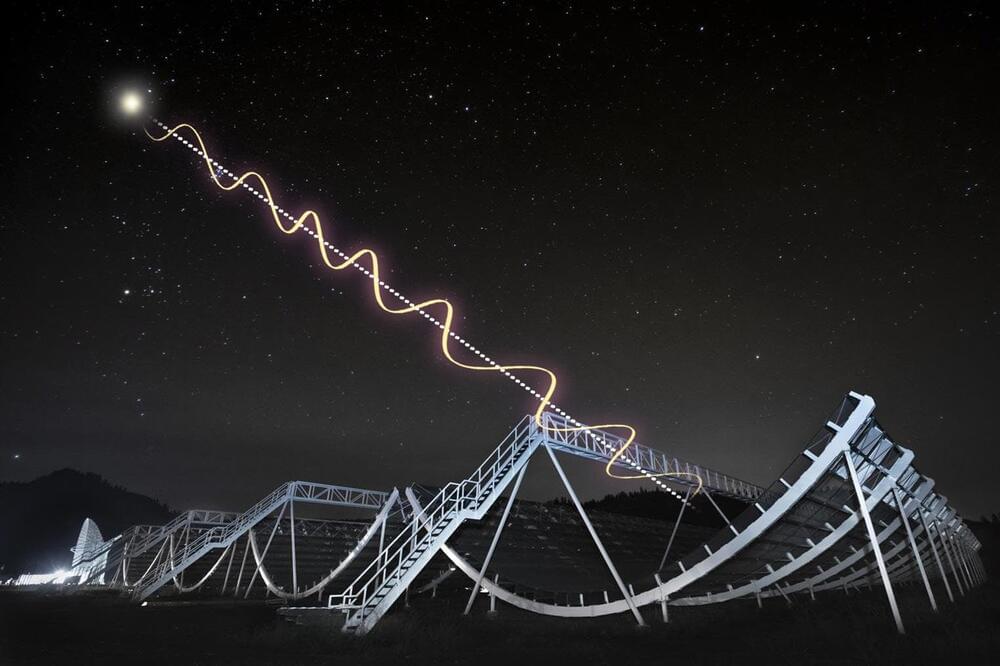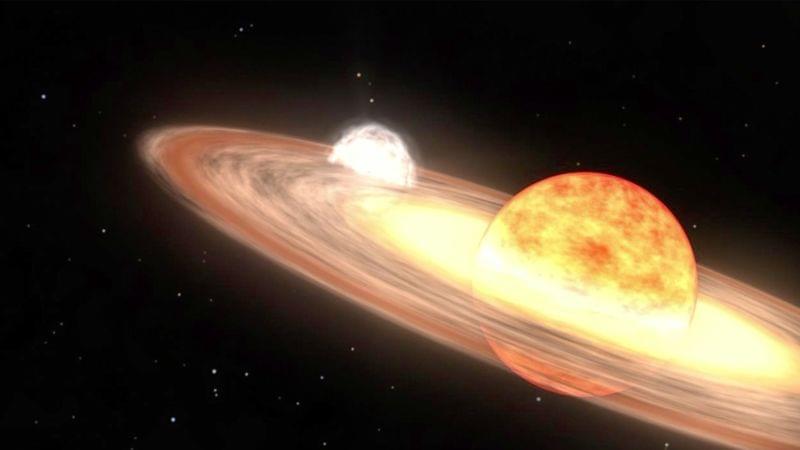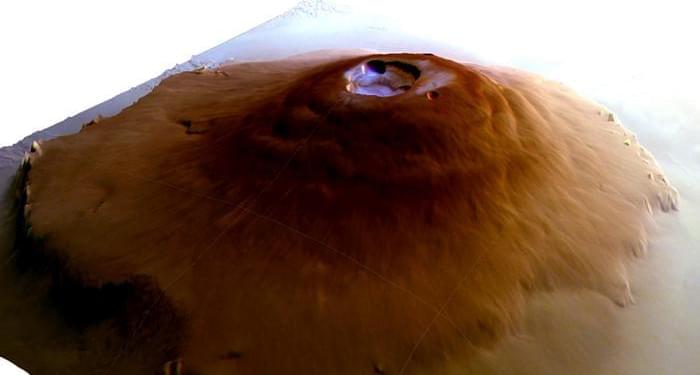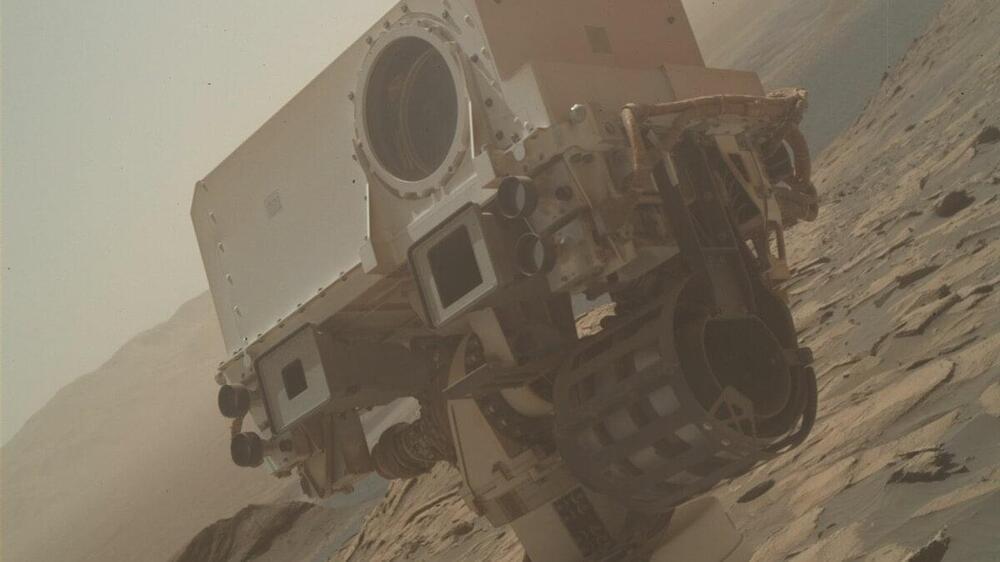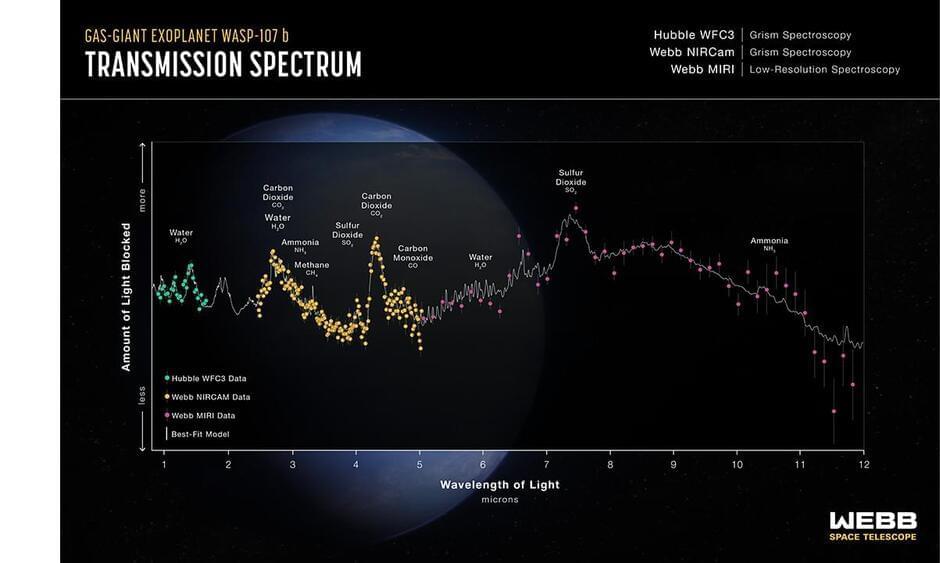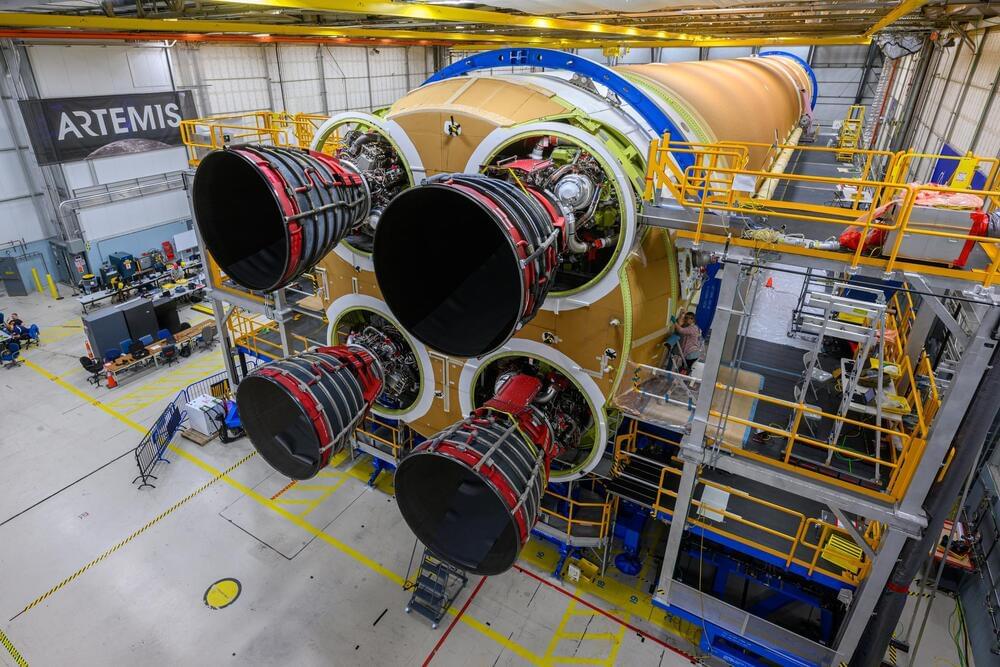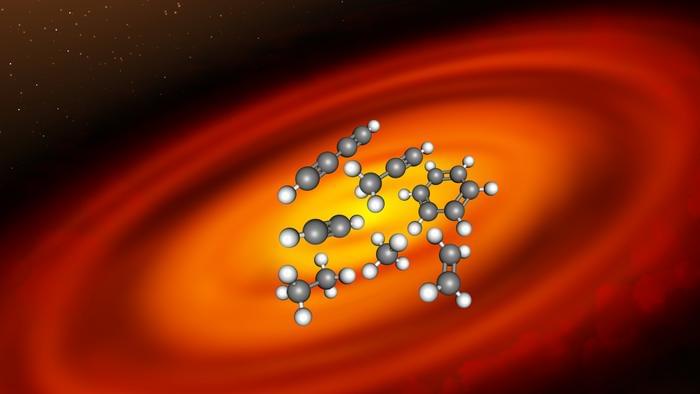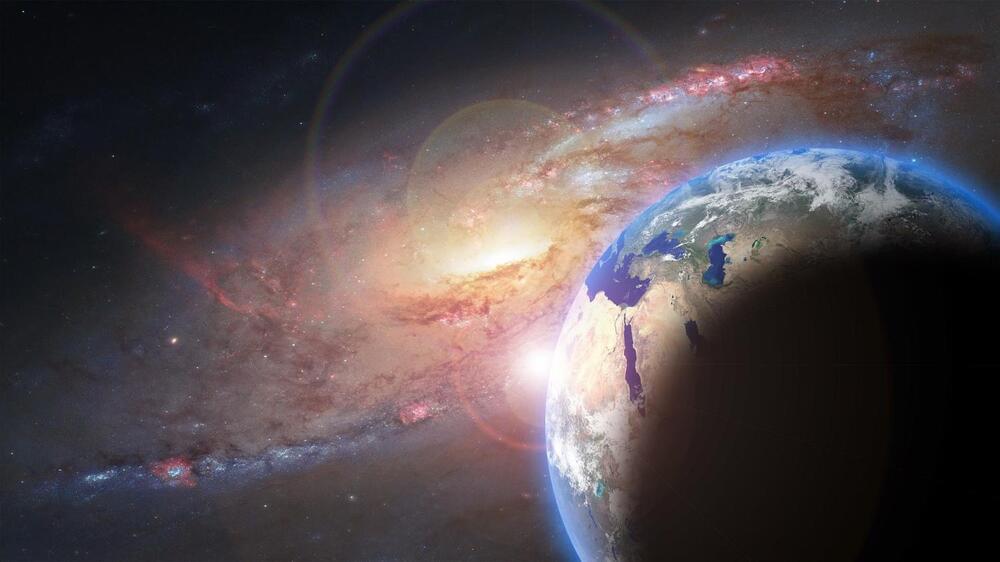A study analyzing the properties of polarized light from 128 non-repeating FRBs reveals mysterious cosmic explosions originate in far-away galaxies like our own Milky Way.
New research from the University of Toronto utilizing data from the Canadian Hydrogen Intensity Mapping Experiment reveals that the majority of Fast Radio Bursts (FRBs) likely originate from environments similar to our Milky Way, with modest densities and magnetic fields. This finding contrasts with earlier studies which suggested that repeating FRBs come from highly magnetized areas.
Fast Radio Burst Research Advancements
